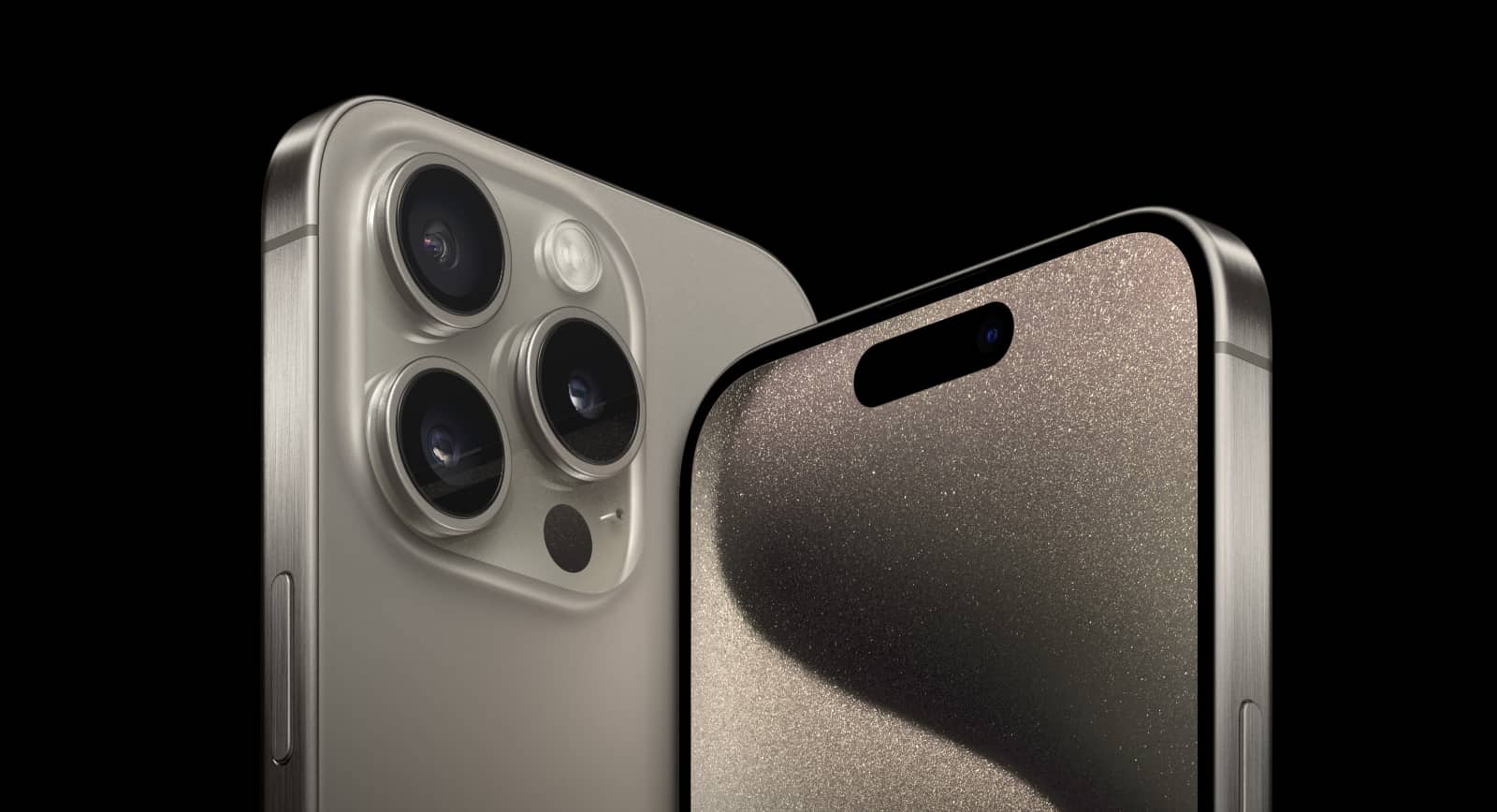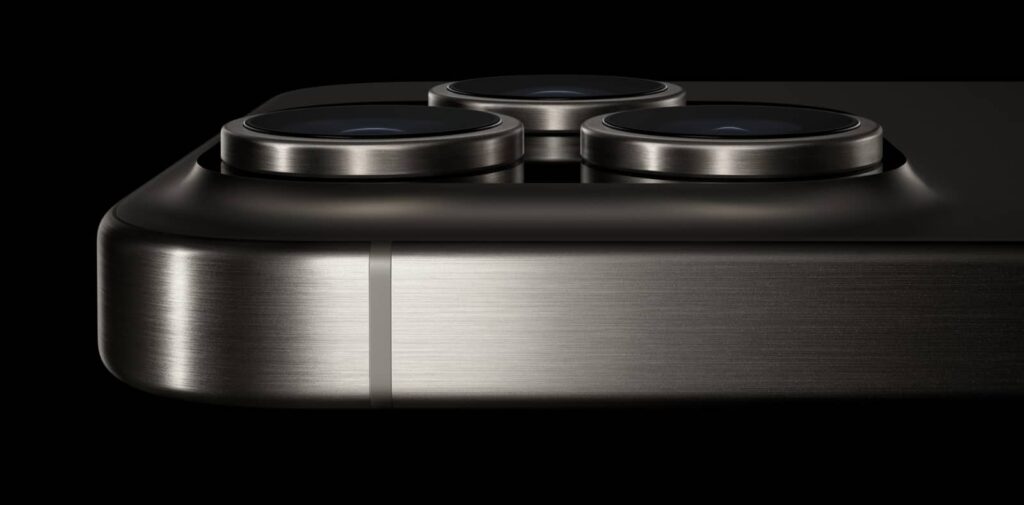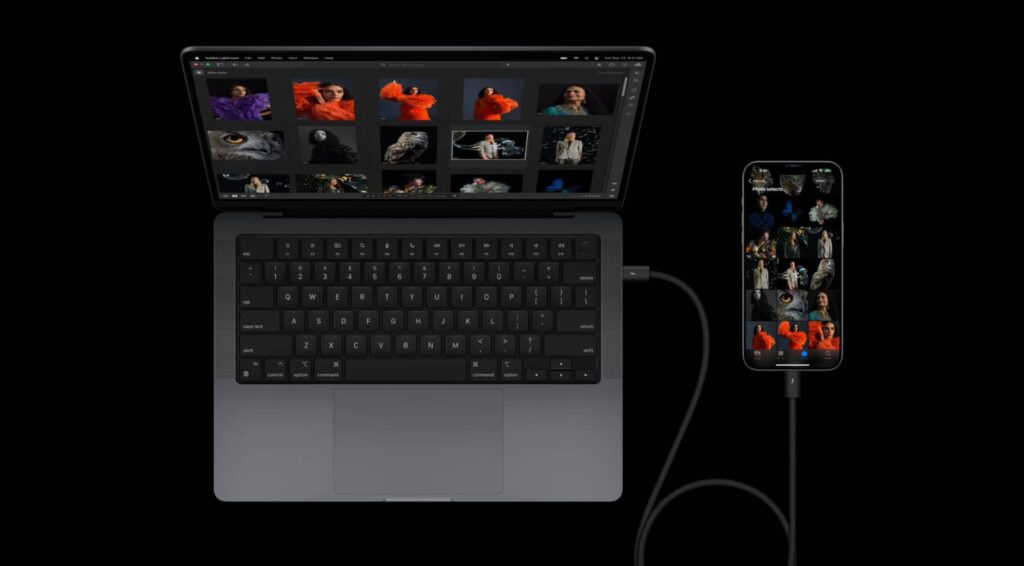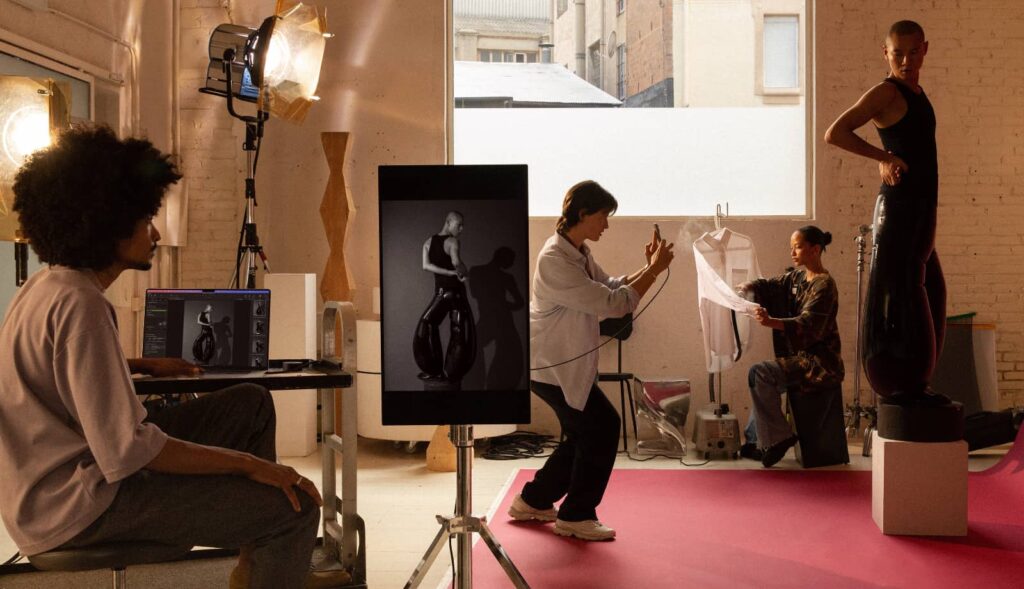An iPhone launch wouldn’t be complete without a “pro” iPhone, and this year, that range will sport some interesting updates.
September is known for many things in Australia. It’s the start of spring whether or not you celebrate it on the first of the month or with the equinox, and it’s also the month that we see new iPhones.
And as it’s September, seeing new iPhones is exactly what we’re doing, with Apple announcing what’s new and coming at the end of next week, though up for pre-order just before.
Already, we’ve seen an iPhone 15 and 15 Plus model, a sort of regular and super-sized edition of the iPhone for everyone, sporting some welcome updates and a change to the Lightning port that’s been hinted at for some time.
But there’s also the extra model in the iPhone range, the “pro” line that sports even more features for folks who don’t mind spending that little bit extra. This year, it’ll come in the iPhone 15 Pro and iPhone 15 Pro Max, two models that arrive with regular and big screen sizes, with the remaining differences being battery and physical sizes.
Outside of the obvious physical differences, the 15 Pro and 15 Pro Max share a lot of features, yet stand out from every other iPhone in some critically important ways.
So what’s new in the iPhone 15 Pro range, and is it a step up you should consider?
A whole new chip
The changes in this range start with the chip, which itself is something new. Something very new.
While last year’s iPhone 14 Pro sported the A16 Bionic heading to the iPhone 15 this year, the iPhone 15 Pro and Pro Max will get a new chip called the “A17 Pro”. Built with a 3 nanometer manufacturing process, it’s the industry’s first 3nm chip inside of a phone already. MediaTek only recently announced a 3 nanometer chip, but we’re yet to see it used, so Apple is technically using the first chip of this size, and it boasts improvements.
Officially, the A17 Pro sees the CPU up to 10 percent faster, GPU up to 20 percent aster, and Neural Engine up to twice as fast, boasting architectural changes that the company says includes the biggest graphical processing redesign in Apple’s history.
The new chip supports faster ray tracing and smoother graphics, which essentially means better visuals on upcoming games, some of which will be making a transition from the console to the iPhone, including Death Stranding, Resident Evil 4, and Assassin’s Creed.
Calling this the “A17 Pro” also gives a hint of what we can expect from next year’s iPhone 16, with what will likely be a sub-variant that isn’t quite as powerful in a standard A17. Don’t expect it to be underpowered, just not necessarily as powerful as what Apple is offering in the A17 Pro.
Big camera updates
The new chip will also enable some of the camera hardware, helping Apple’s visual system called the “Photonic Engine”, which helps deal with colours, low-light photography, HDR, and portrait shots.
But there’s also more going on than just a chip-assisted camera.
Apple’s iPhone 15 Pro and Pro Max is seeing updated camera technology, with the 48 megapixel sensor from last year seeing an update and supporting a 24 megapixel super high-res default, plus a way to jump between focal lengths as the sensor crops down to match different zoom positions, much like how Leica makes the Q2 appear to use different focal lengths. Yet the changes go beyond the big sensor.
Officially, there will still be three cameras, covering a 12 megapixel F2.2 ultra-wide, a 48 megapixel F1.78 main camera, and a 12 megapixel telephoto at F2.8.
However, the iPhone you buy will determine what telephoto range you have available on your iPhone. For instance, owners of the 6.1 inch iPhone 15 Pro will see a 3x telephoto, similar to what the current iPhone 14 Pro owners get.
Meanwhile, owners of the bigger 6.7 inch iPhone 15 Pro Max will get a more impressive 5X telephoto, getting you that itty bit closer and knocking on the doors of pro-cameras just that little bit more. That Pro Max camera will also include an optical image stabilisation system with a 3D sensor-shift module that supports autofocus, making it one of the most advanced telephoto camera systems found in a phone yet.
If it seems like the iPhone 15 Pro Max is pitched as the more impressive of the two, you wouldn’t be alone, but our guess is some of this hardware wouldn’t necessarily fit in the smaller body.
Aside for that, most of the camera features will be shared between Pro and Pro Max, including offering night mode portraits that use LiDAR depth data, all photos captured even outside of portrait mode storing depth data in case you want to turn it into a portrait later, support for 48 megapixel ProRAW images, support for up to 4K 60fps ProRes video, and even support for new colour grading in video editing workflows, including Log encoding and the Academy Colour Encoding System known as “ACES”.
And if you’re hankering for the mixed reality headset that is the Apple Vision Pro next year (which won’t see launch in Australia initially), the iPhone 15 Pro will have a feature enabled in the new year that can use two of the three rear cameras to record video in stereo, creating what Apple is calling “spatial video”. That is to say it’ll probably be stereoscopic and idea for VR and 3D alike, though Apple hasn’t said much more.
Faster connections
More impressive cameras will mean bigger images and videos to transfer, and unsurprisingly, that can lead to faster ports and connections.
And given that this is the year to see Apple move to Type C USB, it makes sense that the iPhone 15 Pro line will support a faster USB C connection, boasting USB 3’s maximum speed of up to 10 gigabits per second for data transfers back to a supported computer.
Wireless connections will see a new ultra-wideband chip for finding iPhone 15 owners with more precision, though we expect that enhanced tracking will come to more gadgets with FindMy compatibility over time, and it’s not the only wireless change.
While 5G is largely staying the same in Australia in its support for sub-6 5G (no mmWave in local models, it seems), the iPhone 15 Pro and Pro Max will support WiFi 6E for faster wireless at home if you have a WiFi 6E network, while wireless charging will support both MagSafe and the recently announced Qi2 technology. Smart homes with Thread devices will find compatibility in the iPhone 15 Pro range, which could make it easier to set up and control gadgets at home using your phone.
Somehow lighter
All of this comes in a phone that somehow manages to be slightly smaller and lighter, though also thicker.
The iPhone 15 Pro will weigh 187 grams compared to the 206g of the 14 Pro, while iPhone 15 Pro Max will weigh 221 grams compared to the 240g of the iPhone 14 Pro Max. Both are technically lighter, thanks in part to the use of titanium and aluminium in the phones.
A first for the iPhone, Apple is using the same material used in airplane and spacecraft construction, using a titanium frame which encases a sub-frame made from aluminium. Two pieces of strong glass sit on either side, with the rear glass of the iPhone 15 Pro and Pro Max made to be tough, while Apple’s Ceramic Shield sits on the screen.
As usual, there are two screen size options — 6.1 inch OLED for the iPhone 15 Pro and 6.7 inch OLED for the iPhone 15 Pro Max — and they’ll also see the 120Hz ProMotion technology that allows the screen to stop right down to 1Hz and display an always-on screen, while keeping the bezels down, as well, slimming the design a little bit in the process, it seems.
But it’s the combination of alloys that really makes the weight go down.
Despite the weight difference, both new iPhone Pro models will measure 8.25mm thick, slightly thicker than the 7.85mm of the iPhone 14 Pro models before them.
While that’s not likely to make a tremendous dent on your pants pockets, it does scream one very obvious thing: the cases are likely to be very different the iPhone 15 Pro and iPhone 14 Pro.
They’ll both also see a change on the side switch, which is now an action button for more than just switching the phone to silent.
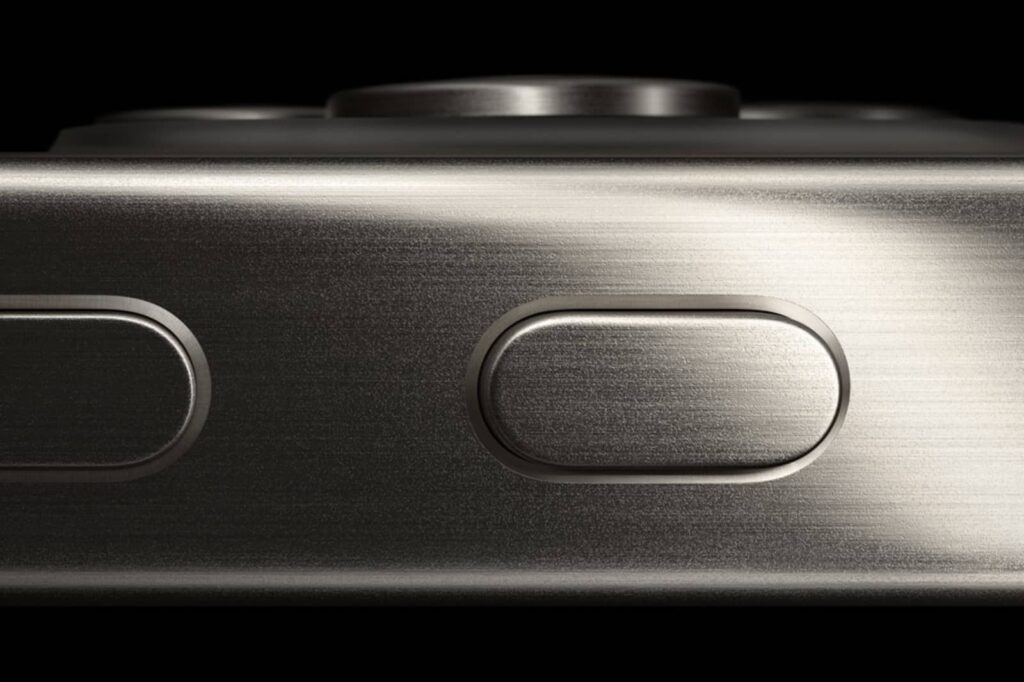
Australian availability and pricing for the iPhone 15 Pro and Pro Max
There are clearly some surprises in the Pro range, but one thing that won’t surprise is the price, as neither of these models will be inexpensive.
In Australia, the 128GB iPhone 15 Pro will start at $1849, while the iPhone 15 Pro Max will start at $2199 in 256GB, with no 128GB option. Either phone can be sized to 256GB, 512GB, or 1TB, and unsurprisingly, the more space you have, the bigger that price tag.
However, you iwll get a choice of titanium finishes, covering black titanium, white titanium, natural titanium (dark grey?), and blue titanium. Yay, blue is back.
Australians keen to upgrade can expect preorders to open up this Friday, September 15, with availability for the iPhone 15 Pro and Pro Max from September 22.


